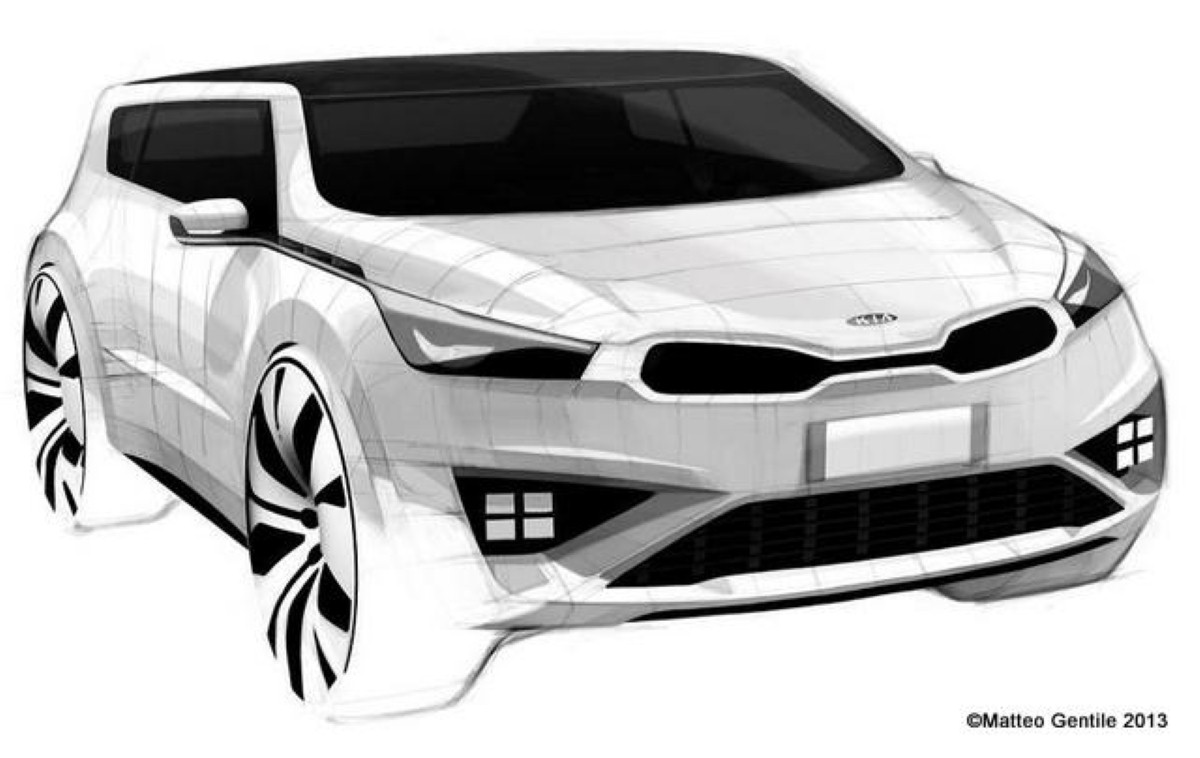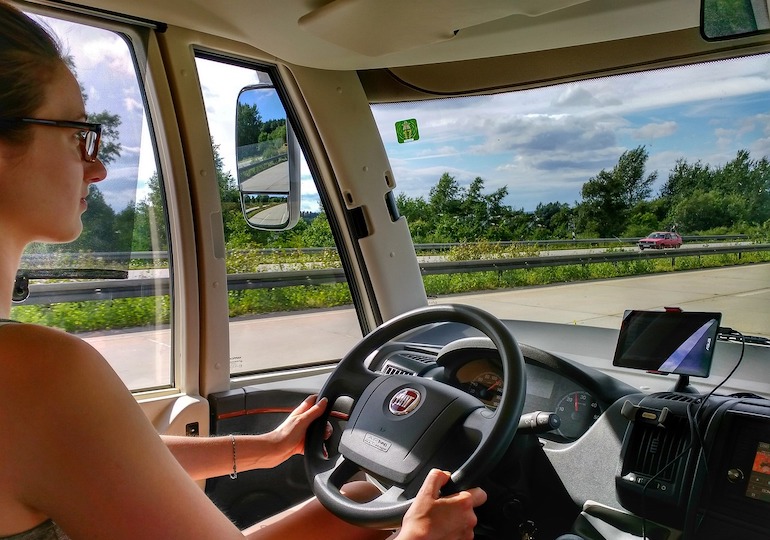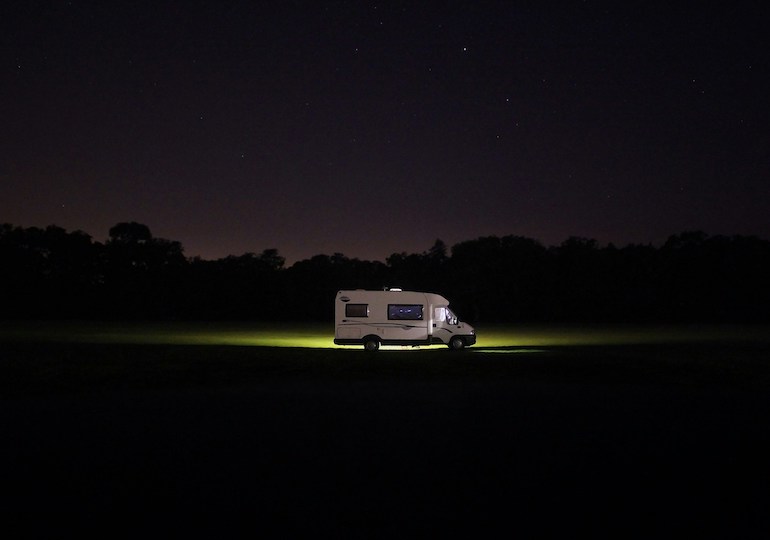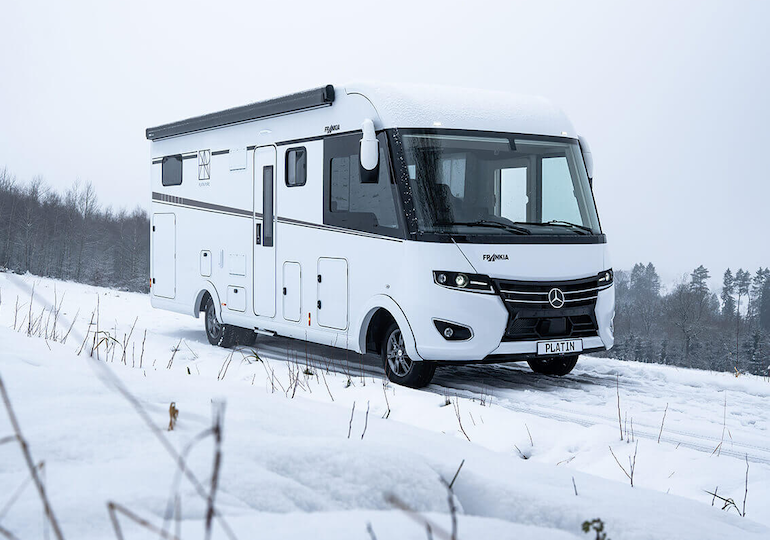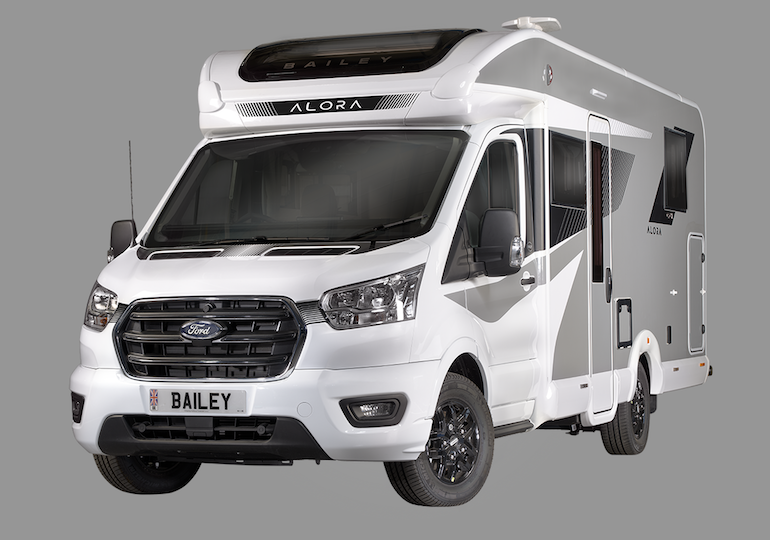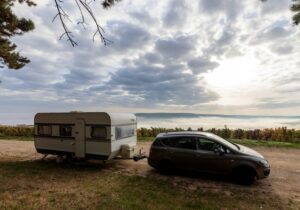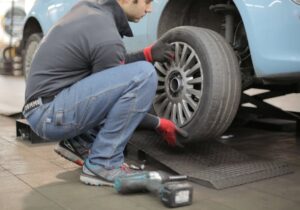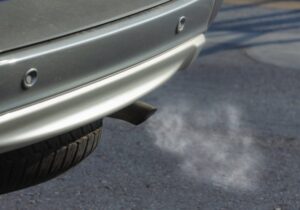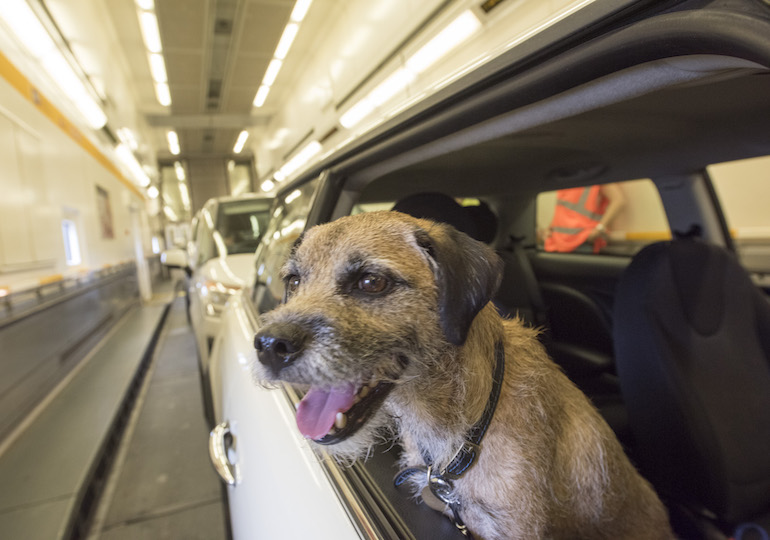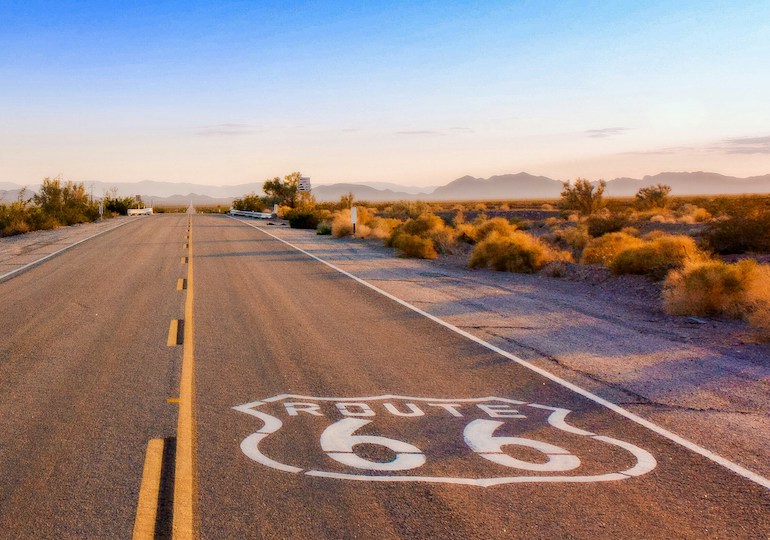by Damien Sharkov
It’s fair to say the last few months have been busy in the world of new towcars.
We have bid farewell to the Land Rover Defender, welcomed the new Skoda Yeti, Subaru Outback and Nissan X-Trail, while also entertaining the prospect of welcoming a Rolls Royce in the SUV segment soon.
Wondering what towing looks like on the other side of the industry, we sat down with car designer Matteo Gentile for a chat.
Legendary SUVs have gone in various stylistic directions of late. From the increasing slickness of recent Range Rovers, to the 911 on stilts that is the Porsche Cayenne, the robustness of your standard SUV’s frame is mellowing out.
Even the outgoing signature, angular body of the Land Rover Defender has grown more aerodynamic in the form of the DC100 concept, to negative reception.
“An SUV should be strong, resistant, hard,” agrees Matteo, whose previous employers include Volkswagen and SEAT.
“It’s really interesting what Kia is doing with the Sportage,” he adds, not before praising the Mercedes G-class.
We are now forced to bring up the white Chelsea Tractor elephant in the room, but Matteo is quick to confirm his credentials as a lover of cars with true grit.
“If the car does not have a good stance it will look fragile and unstable,” he says.
“Towing, is a must in this kind of product. It makes them what they are,” adds Matteo, as we breathe a sigh of relief.
It is affirming to hear industry insiders list kerb weight and towing capability as priorities.
“The stance of the car is really important; the SUV has to be well laid on the ground. This segment is big and tall. It is not always really easy to achieve a good stance in this kind of vehicle,” Matteo cautiously elaborates.
He makes a very good point. We need look no further than the aforementioned Porsche SUV for an example of an ‘unconventional’ looking towcar, to put it kindly.
However slicker designs have made 4x4s more aerodynamic and, more importantly have brought down the vehicles’ centre of gravity.
Both changes are positive contributions to energy consumption and safety, not merely for the flash value.
This is not to say the future of SUVs comes purely in the form of a facelift with a Belgravia address.
“‘In my opinion now the most attractive/pornographic SUV is the Range Rover Evoque based on a showcar of seven maybe eight years ago called Range Rover LRX,” says Matteo.
He is, like us, however a big fan of the old fashioned Land Rover Defender.
Yet the classic Land Rover has been discontinued after increasingly growing more and more akin to the Range Rover.
Matteo is quick to calm us, however, as he says the boxy yet rugged breed of 4×4, spearheaded by the Defender “will never die”.
So where, then, does the future of the SUV lie? “Package is key,” Matteo tells us. From his perspective the perfect package is not body specific.
“A good combination of some key elements is a good study of the ramps, angles, proportions – a good package.”
As the Tokyo Moto Show creeps closer (20 November), we hope Matteo’s words have not fallen on deaf ears.
News
INTERVIEW: A designer’s perspective on the future of towcars
